Load and haul means more than just hardware, capacities and cycles. NAM recently talked to the team at BKT about the tires that make the entire load and haul fleet move – and how to keep them moving.
Edited by Donna Schmidt
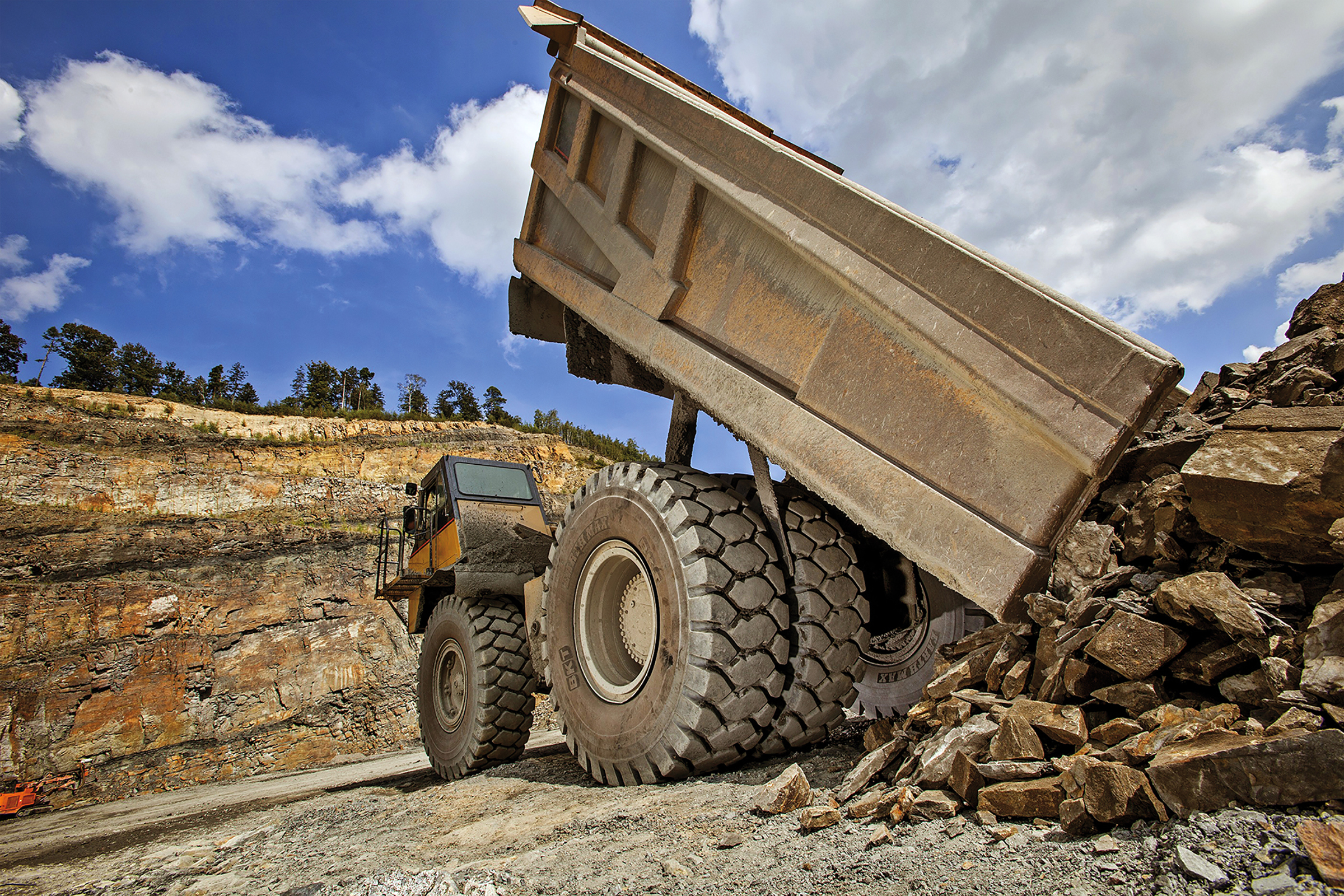
Making the most of your load and haul fleet, and keeping haul roads they operate on optimally designed and kept, means also understanding the maintenance and safety needs of the tires that get them from one end of the pit to the other.
If you believe a tire is a tire is a tire, the reality couldn’t be further from the truth, according to BKT’s OTR Technical Services Manager Scott Holub.
OTR tire safety considerations
Maintaining tire safety on job sites is not an easy task; the massive size and weight of some of the equipment and the tires can create very complex issues, and one mistake can lead to serious injury or even death, so safety is key.
Proper procedures and OSHA rules should always be followed on job sites. Regular and consistent training is very important when it comes to checking and servicing OTR tires. Tires and equipment have limits as to how much weight they can handle, how fast they can run, how much impact they can absorb, and how much heat they can withstand. Being educated on these limits helps prevent accidents and damages on the worksite.
It is important for companies and contractors to provide continuous training to their employees on the safety and care of tires and equipment. Abuse and misapplication are one of the leading causes of accidents and failures on the jobsite. This leads to downtime which then leads to an increase in operating costs.
“Before beginning a job, be sure to regularly inspect the tires and machinery for any damages,” noted Holub, who added that imbedded objects, chunks of torn rubber, tread detachment, uneven wear or exposed steel or belts can all make their appearance on a tire at any time. Additionally, cracks, punctures or severe wear could lead to blowouts, which can cause serious damage, so inspect the bead area for any damage or detachment as well.
Wheels should also be checked for things like loose lug nuts, damaged valve stems, cracks, and irregular wear, he said: “Never use any form of heat on a wheel assembly as this can lead to pyrolysis, a high heat chemical reaction that creates a deadly blowout. This can happen even hours after the heat source has been removed.”
Another factor is tire air pressure management, as it is considered one of the most important practices for a safe, efficient operation and it is vital to have tires inflated to the proper pressures to handle the weights of the loads they will be lifting or moving.
Tire Pressure Monitoring Systems (TPMS) are safety systems that allow operators to keep constant watch on air pressures so that any issues can be caught and corrected before any major problems arise. These tools can help lead to increased production on the jobsite.
Overall, following proper safety guidelines, performing regular maintenance, and keeping up with training are the best ways to prevent OTR tire failures and worksite injuries. Ensuring a safe work environment will prevent incidents which can lead to downtime and a decrease in revenue.
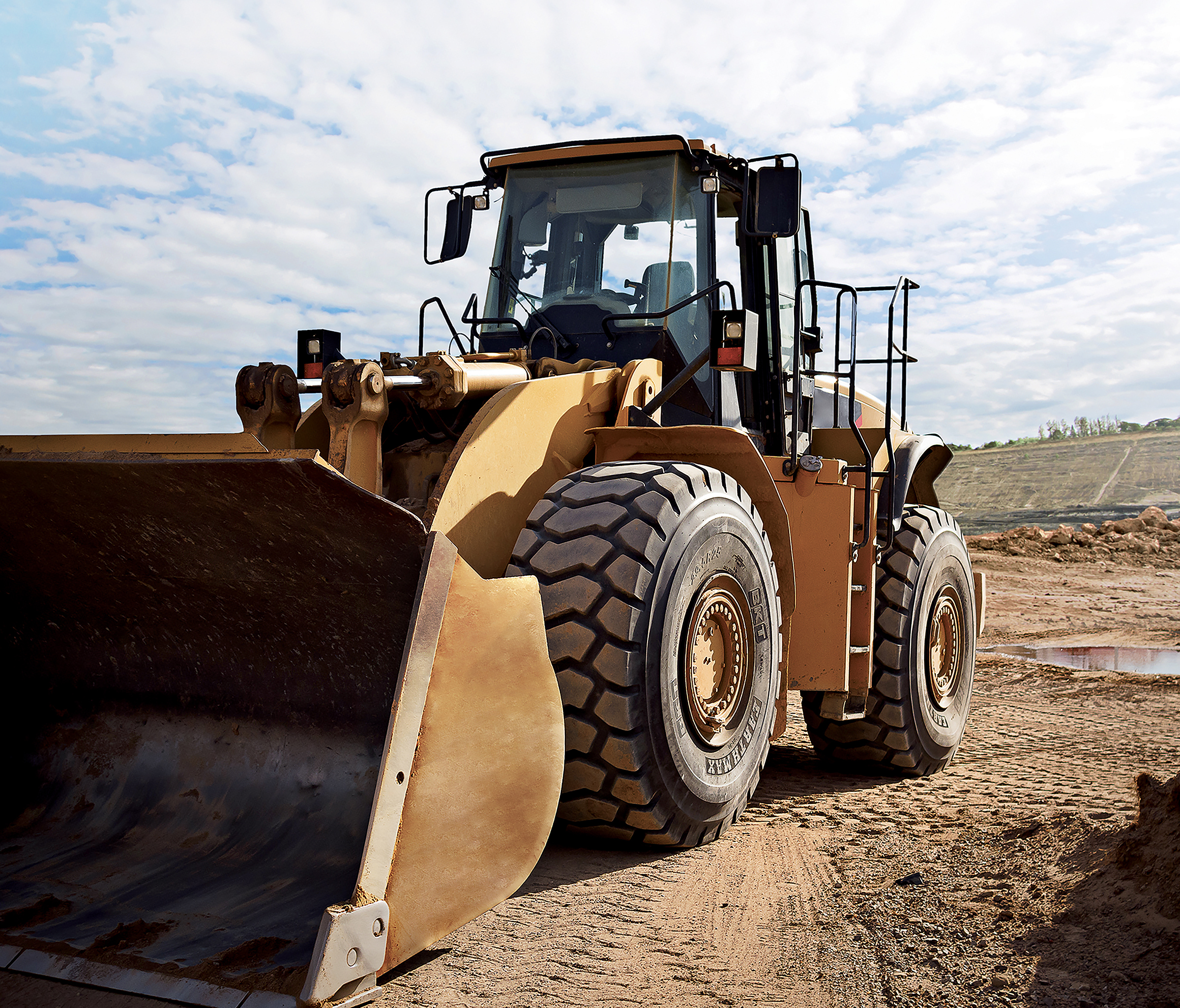
OTR tire maintenance considerations
“Tires are a major investment for equipment, so it is essential to take care of them properly,” Holub explained, pointing out that good maintenance means less costly downtime.
“It’s just as important for a small contractor as a large corporation to maximize the operating costs of their equipment and improve their bottom line.”
Besides cost savings, a good tire maintenance program leads to safer and better performing tires. Top causes for a shorter tire life? Tire abuse and misapplication. He stressed that creating daily practices to check both the tires and equipment and then also incorporating regular maintenance programs can help prevent failures and keep equipment running.
Before beginning a job, operators should pay attention to the conditions of the terrain and application to be sure the tires they are using are the correct type. It is important to select tires that handle the weight capacities, haul speeds, and temperatures of each particular job.
Then, every day before beginning work, operators should walk around the equipment to check for lodged debris, uneven tire wear, cuts, cracks, bulges, and low air pressures. These minor checks can save unnecessary delays and address problems before they happen.
Tire tracking systems can also help ensure extended tire life.
“There are several different ways to record the performance of your tires,” Holub said. “Some companies calculate the cost per hour by recording the mounting hours on and off; others track this same cost by tracking mileage on and off and calculate cost per mile. Still, others calculate total tons of material moved, or cost per ton, within a certain period of time.”
No matter which tracking method is used, it is important to constantly monitor the conditions the tires are operating in and any changes that may occur. Also, checking for correct tire pressure daily is critical. A calibrated tire pressure gauge is always recommended, but some tire vendors are providing monitoring systems to track tire pressure that sends regular reports and alerts when action is needed. Drivers should also follow the speed ratings for the tire to avoid issues and prevent road hazards.
Many tire companies offer services to analyze the operations of companies in order to better understand their equipment needs and the best solutions. BKT uses the SPOTech system to gather data to help the customer choose the most productive tire.
SPOTech technology uses GPS, Accelerometers, video cameras, and data loggers during site visits to record information regarding haul roads, distances, cycle times, and speed.
“BKT combines that information with the customer’s production data to calculate which tires will perform the best under the given conditions. This helps assess what tire pattern and compound will give the longest life and best resistance to cuts or heat,” he said.
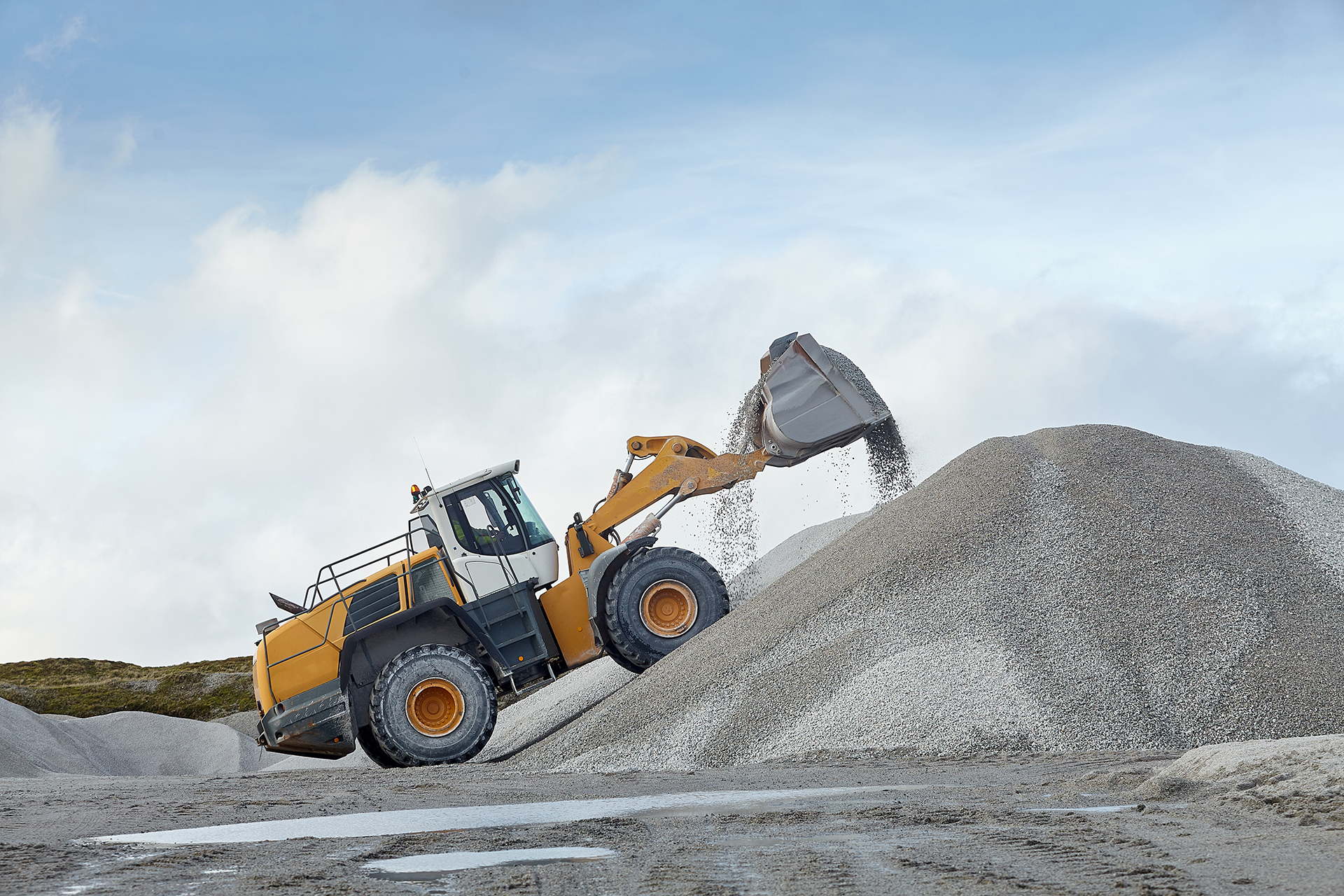
A word on haulers
Holub said that the tire needs for haulage vary by the type of machine, as they have diverse load-carrying capacities.
While BKT makes tires for all types of off-highway dump trucks used in mining and other industrial applications, the most typical demands for mining and aggregates are tires for articulated dump trucks, rigid dump trucks and low-profile dump trucks.
Articulated Dump Trucks (ADT) or Dump Haulers: Most have payloads from 30-60 tons and are more maneuverable with greater traction, so they are ideal for smaller jobsites. Normally all-wheel drive, hydraulic cylinders pivot the whole tractor with a low center of gravity.
Rigid Dump Truck (RDT): They can typically go longer distances with heavier loads and at higher speeds. They require a well-maintained haul road and their payloads can exceed well over 100 tons. With the larger payloads and faster speeds, they are generally more profitable and better for larger sites.
Low Profile Dump Truck (LPDT): LPDTs are used in mining and tunneling projects with steep inclines and are articulated by design. The lower side height allows ease of loading and unloading.
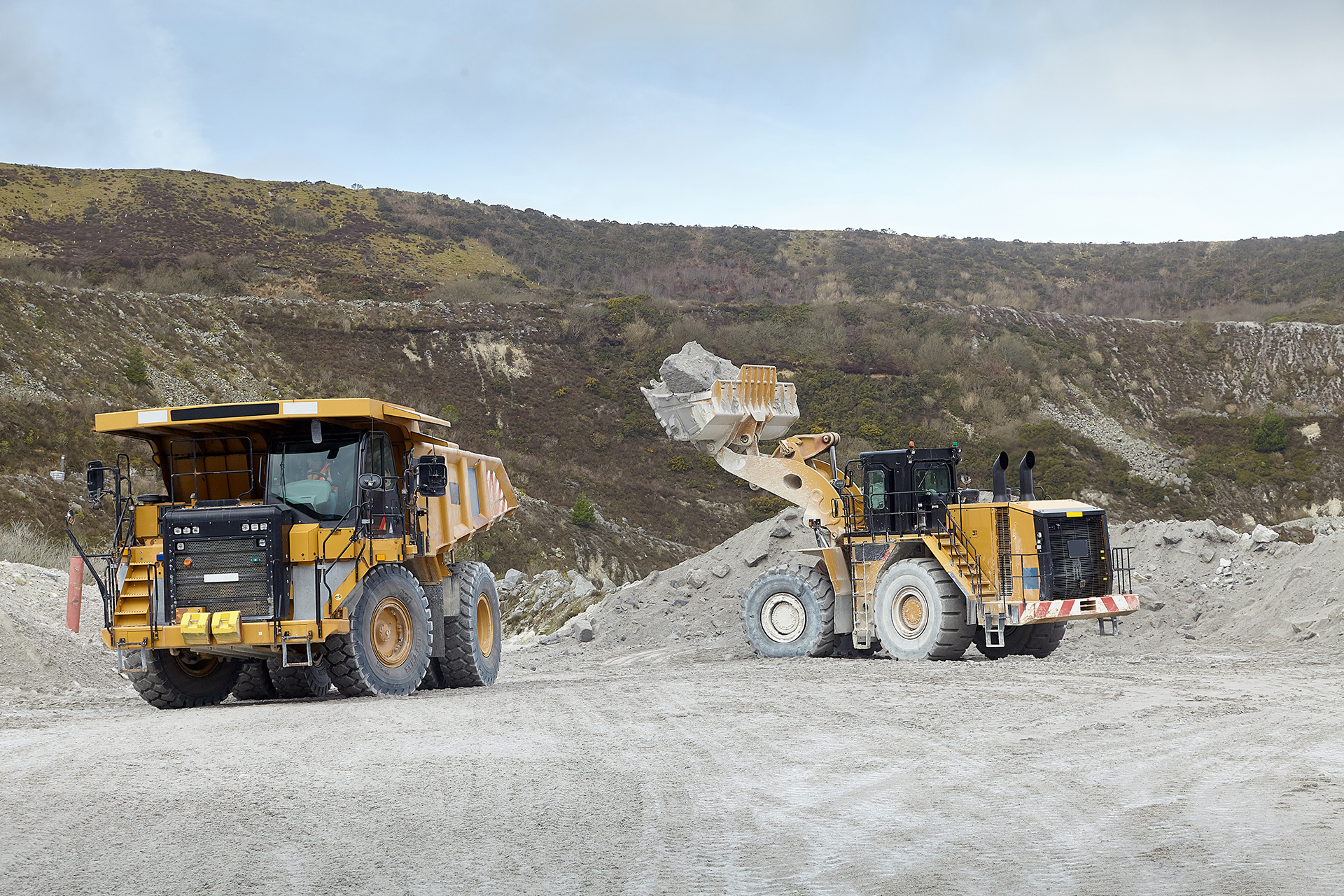
A word on loaders
It is important that the equipment like loaders be fitted with proper tires to handle the jobs they will be performing.
The Tire and Rim Association (TRA) classify loader tires based on their tread type and tread depth. Tread types are designed for differing applications from smooth, regular terrains to rocky, snowy, and very severe mining environments. They are classified from L-2 to L-5’s. “S” designations representing smooth treads.
- • L-2 maximum traction for softer conditions.
- • L-3 is used in general applications with more durability and resistance.
- • L-4 is a deeper tread for durable wear and extended tire life in rocky conditions.
- • L-5 provides the deepest tread for the toughest applications with chip resistance and extreme durability.
- • L2/L3 are considered standard depth.
- • L4 are 150%, or 1-1/2 times deeper.
- • L5 are 250%, or 2-1/2 times deeper.
“With so many different tires and applications, it is important to assess the situation and environment in order to choose the proper tire. All contractors want tires that perform at maximum efficiency and last as long as possible, to provide them the best return on their tire investment,” Holub said.
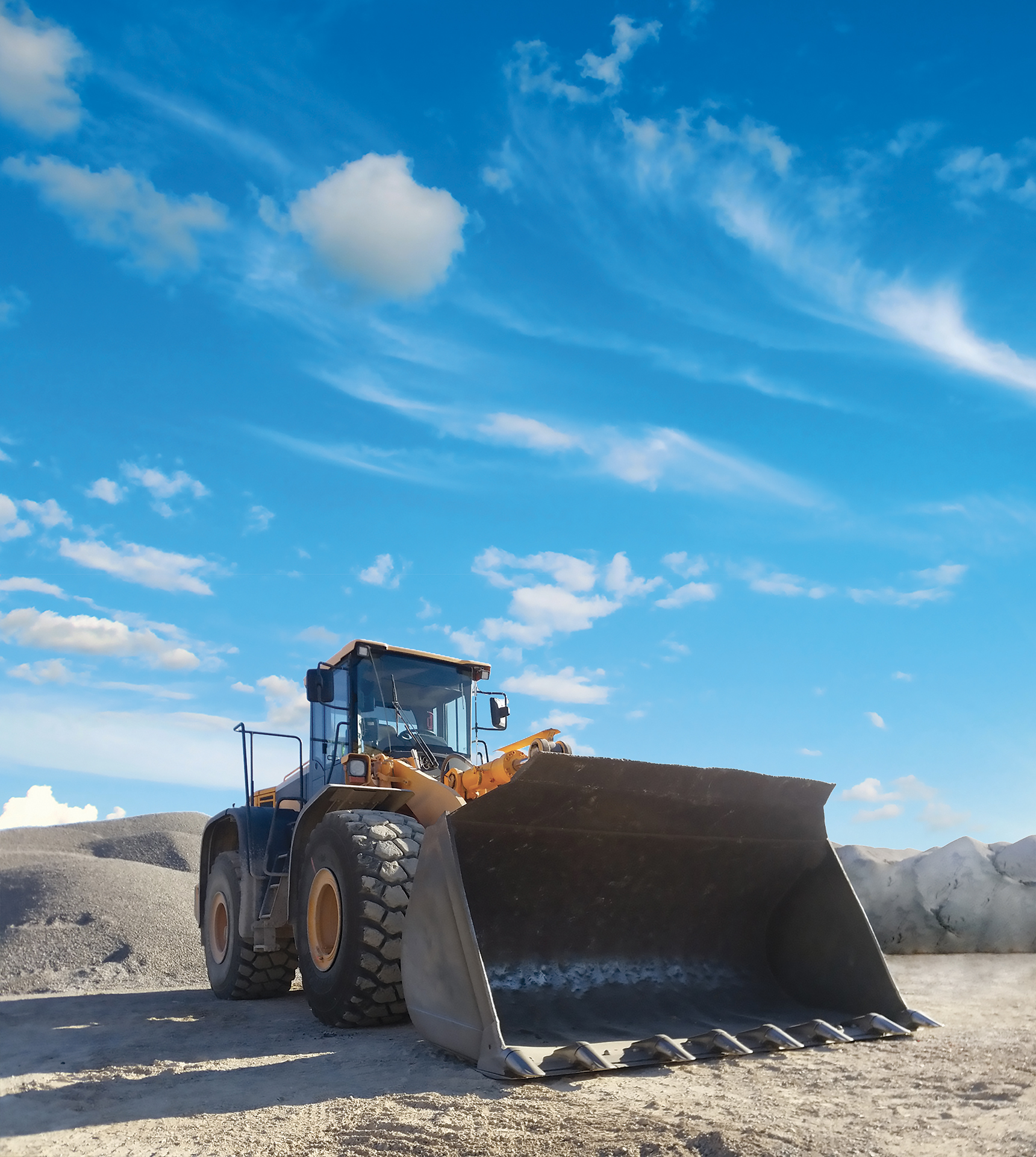
The ‘why’
There is no operator worth his or her salt that would minimize the impact of optimum tire condition, maintenance and safety at any point, or for any reason. But why is using the correct tire for the application so vital? The objectives are simple, said Holub.
- • Leads to higher efficiency/ less unscheduled down time.
- • Prevents rapid tire wear.
- • Prevents tire damage.
- • Saves money, adding to your bottom line.
